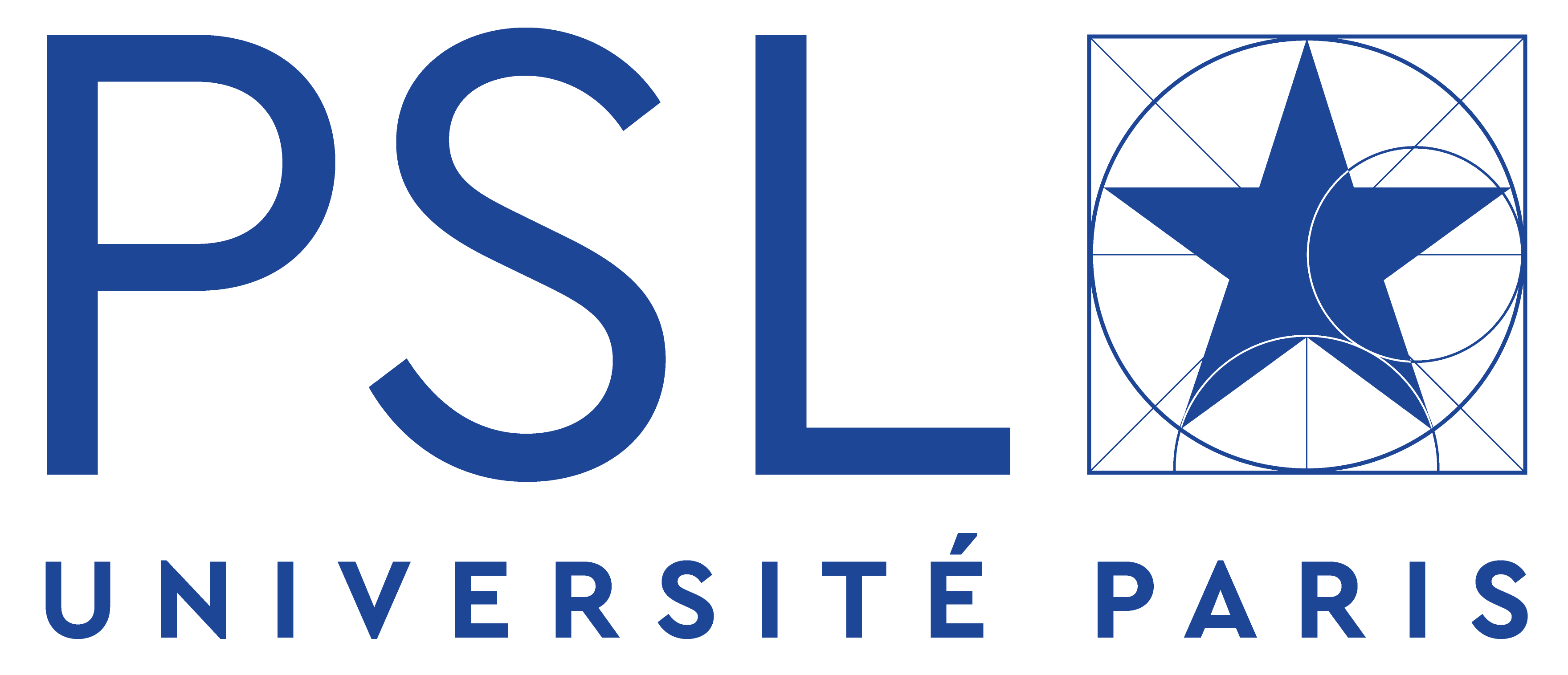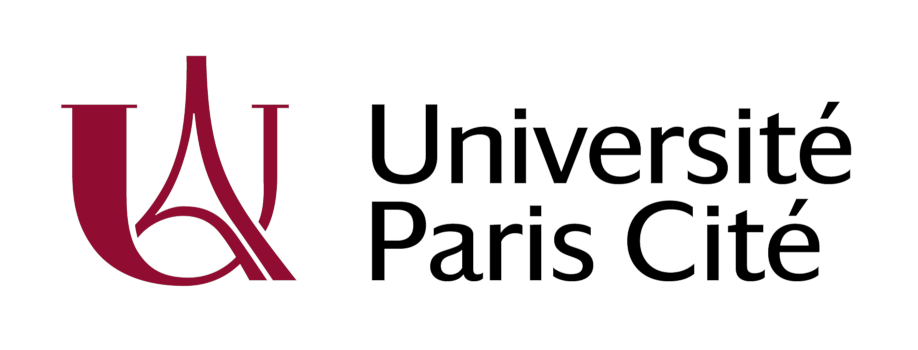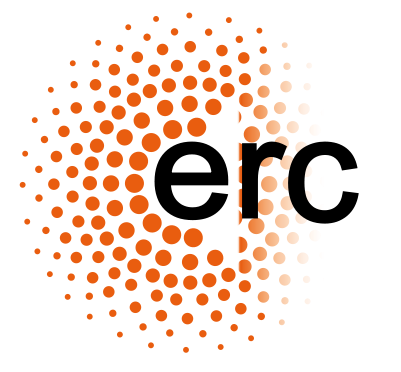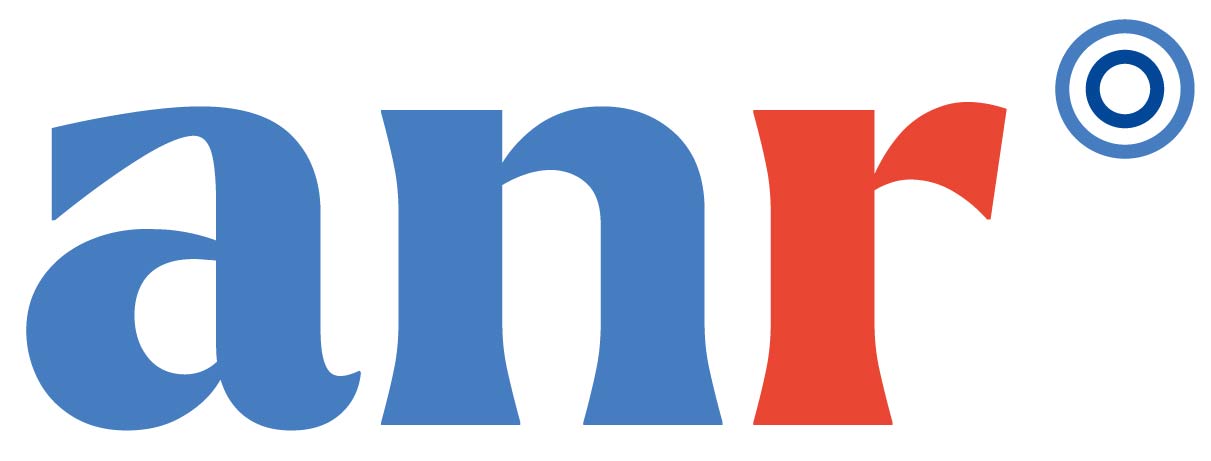Bottom-up iterative anomalous diffusion detector (BI-ADD)
Park, J., N. Sokolovska, C. Cabriel, I. Izeddin, and J. Miné-Hattab
Journal of Physics: Photonics 7, no. 4, 045027 (2025)

Abstract: In recent years, the segmentation of short molecular trajectories with varying diffusive properties has drawn particular attention of researchers, since it allows studying the dynamics of a particle. In the past decade, machine learning methods have shown highly promising results, also in changepoint detection and segmentation tasks. Here, we introduce a novel iterative method to identify the changepoints in a molecular trajectory, i.e. frames, where the diffusive behavior of a particle changes. A trajectory in our case follows a fractional Brownian motion and we estimate the diffusive properties of the trajectories. The proposed Bottom-up iterative anomalous diffusion detector (BI-ADD) combines unsupervised and supervised learning methods to detect the changepoints. Our approach can be used for the analysis of molecular trajectories at the individual level and also be extended to multiple particle tracking, which is an important challenge in fundamental biology. We validated BI-ADD in various scenarios within the framework of the 2nd anomalous diffusion challenge 2024 dedicated to single particle tracking. Our method is implemented in Python and is publicly available for research purposes.
|


|
Quantitative evaluation of methods to analyze motion changes in single-particle experiments
Muñoz-Gil, G., H. Bachimanchi, J. Pineda, B. Midtvedt, G. Fernández-Fernández, B. Requena, Y. Ahsini, S. Asghar, J. Bae, F. J. Barrantes, S. W. B. Bender, C. Cabriel, J. A. Conejero, M. Escoto, X. Feng, R. Haidari, N. S. Hatzakis, Z. Huang, I. Izeddin, H. Jeong, Y. Jiang, J. Kæstel-Hansen, J. Miné-Hattab, R. Ni, J. Park, X. Qu, L. A. Saavedra, H. Sha, N. Sokolovska, Y. Zhang, G. Volpe, M. Lewenstein, R. Metzler, D. Krapf, G. Volpe, and C. Manzo
Nature Communications 16, no. 1 (2025)

Abstract: The analysis of live-cell single-molecule imaging experiments can reveal valuable information about the heterogeneity of transport processes and interactions between cell components. These characteristics are seen as motion changes in the particle trajectories. Despite the existence of multiple approaches to carry out this type of analysis, no objective assessment of these methods has been performed so far. Here, we report the results of a competition to characterize and rank the performance of these methods when analyzing the dynamic behavior of single molecules. To run this competition, we implemented a software library that simulates realistic data corresponding to widespread diffusion and interaction models, both in the form of trajectories and videos obtained in typical experimental conditions. The competition constitutes the first assessment of these methods, providing insights into the current limitations of the field, fostering the development of new approaches, and guiding researchers to identify optimal tools for analyzing their experiments.
|


|
3D Single-Molecule Super-Resolution Imaging of Microfabricated Multiscale Fractal Substrates for Calibration and Cell Imaging
Cabriel, C., R. M. Córdova-Castro, E. Berenschot, A. Dávila-Lezama, K. Pondman, S. Le Gac, N. Tas, A. Susarrey-Arce, and I. Izeddin
ACS Applied Materials and Interfaces 17, no. 6, 9019-9034 (2025)

Abstract: Microstructures arrayed over a substrate have shown increasing interest due to their ability to provide advanced 3D cellular models, which open up new possibilities for cell culture, proliferation, and differentiation. Still, the mechanisms by which physical cues impact the cell phenotype are not fully understood, hence the necessity to interrogate cell behavior at the highest resolution. However, cell 3D high-resolution optical imaging on such microstructured substrates remains challenging due to their complexity as well as axial calibration issues. In this work, we address this issue by leveraging the geometrical characteristics of fractal-like structures, which serve as axial calibration tools and modulate cell growth. To this end, we use multiscale 3D SiO2 substrates consisting of spatially arrayed octahedral features of a few micrometers to hundreds of nanometers. Through optimizations of both the structures and optical imaging conditions, we demonstrate the potential of these 3D multiscale structures as an alternative to electron microscopy for material imaging but also as calibration tools for 3D super-resolution microscopy. We used their multiscale and known geometry to perform lateral and axial calibrations in 3D single-molecule localization microscopy (SMLM) and assess imaging resolutions. We then utilized these substrates as a platform for high-resolution bioimaging. As a proof of concept, we cultivate human mesenchymal stem cells on these substrates, revealing very different growth patterns compared to flat glass. Specifically, the spatial distribution of cytoskeleton proteins is vastly modified, as we demonstrate with a 3D SMLM assessment.
Keywords: 3D single-molecule localization microscopy; bioimaging; multiscale material; fractal-like microstructures; calibration; material imaging
|

|
3D topographies promote macrophage M2d-Subset differentiation
Carrara, S. C., A. Davila-Lezama, C. Cabriel, E. J. W. Berenschot, S. Krol, J. G. E. Gardeniers, I. Izeddin, H. Kolmar, and A. Susarrey-Arce
Materials Today Bio 24 (2024)

Abstract: In vitro cellular models denote a crucial part of drug discovery programs as they aid in identifying successful drug candidates based on their initial efficacy and potency. While tremendous headway has been achieved in improving 2D and 3D culture techniques, there is still a need for physiologically relevant systems that can mimic or alter cellular responses without the addition of external biochemical stimuli. A way forward to alter cellular responses is using physical cues, like 3D topographical inorganic substrates, to differentiate macrophage-like cells. Herein, protein secretion and gene expression markers for various macrophage subsets cultivated on a 3D topographical substrate are investigated. The results show that macrophages differentiate into anti-inflammatory M2-type macrophages, secreting increased IL-10 levels compared to the controls. Remarkably, these macrophage cells are differentiated into the M2d subset, making up the main component of tumour-associated macrophages (TAMs), as measured by upregulated Il-10 and Vegf mRNA. M2d subset differentiation is attributed to the topographical substrates with 3D fractal-like geometries arrayed over the surface, else primarily achieved by tumour-associated factors in vivo. From a broad perspective, this work paves the way for implementing 3D topographical inorganic surfaces for drug discovery programs, harnessing the advantages of in vitro assays without external stimulation and allowing the rapid characterisation of therapeutic modalities in physiologically relevant environments.
|


|
3D-Architected Alkaline-Earth Perovskites
Winczewski, J. P., J. Arriaga Dávila, M. Herrera-Zaldívar, F. Ruiz-Zepeda, R. M. Córdova-Castr, C. R. Pérez De La Vega, C. Cabriel, I. Izeddin, H. Gardeniers, and A. Susarrey-Arce
Advanced Materials (2024)

Abstract: 3D ceramic architectures are captivating geometrical features with an immense demand in optics. In this work, an additive manufacturing (AM) approach for printing alkaline-earth perovskite 3D microarchitectures is developed. The approach enables custom-made photoresists suited for two-photon lithography, permitting the production of alkaline-earth perovskite (BaZrO3, CaZrO3, and SrZrO3) 3D structures shaped in the form of octet-truss lattices, gyroids, or inspired architectures like sodalite zeolite, and C60 buckyballs with micrometric and nanometric feature sizes. Alkaline-earth perovskite morphological, structural, and chemical characteristics are studied. The optical properties of such perovskite architectures are investigated using cathodoluminescence and wide-field photoluminescence emission to estimate the lifetime rate and defects in BaZrO3, CaZrO3, and SrZrO3. From a broad perspective, this AM methodology facilitates the production of 3D-structured mixed oxides. These findings are the first steps toward dimensionally refined high-refractive-index ceramics for micro-optics and other terrains like (photo/electro)catalysis.
|


|
Event-based vision sensor for fast and dense single-molecule localization microscopy
Cabriel, C., T. Monfort, C. G. Specht, and I. Izeddin
Nature Photonics 17, no. 12, 1105-1113 (2023)

Abstract: Single-molecule localization microscopy (SMLM) enables crucial insights into cellular structures and processes to be revealed at the single-molecule level. However, SMLM is often hampered by limited temporal resolution and the fixed frame rate of the acquisition. Here we present a new approach to SMLM data acquisition and processing based on an affordable event-based sensor. This type of sensor reacts to changes in light intensity, rather than integrating photons during the exposure time of each frame. Each pixel works independently and returns a signal only when an intensity change is detected. Compared with video acquisition using traditional electron-multiplying charge-coupled device or scientific complementary metal–oxide–semiconductor cameras, the event-based sensor provides higher temporal resolution and throughput on the positions of blinking molecules. We demonstrate event-based SMLM super-resolution imaging on biological samples with spatial resolution on a par with the performance of electron-multiplying charge-coupled device or scientific complementary metal–oxide–semiconductor cameras, while registering only the on and off switching of blinking molecules. We use event-based SMLM to perform very dense single-molecule imaging, where frame-based cameras experience major limitations.
|

|
Latest trends in bioimaging and building a proactive network of early-career young scientists around bioimaging in Europe
Valenta, H., N. Quiblier, V. Laghi, C. Cabriel, and J. Riti
Biology open 11, no. 12 (2022)

Abstract: Biological research is in constant need of new methodological developments to assess organization and functions at various scales ranging from whole organisms to interactions between proteins. One of the main ways to evidence and quantify biological phenomena is imaging. Fluorescence microscopy and label-free microscopy are in particular highly active fields of research due to their compatibility with living samples as well as their versatility. The Imabio Young Scientists Network (YSN) is a group of young scientists (PhD students, postdocs and engineers) who are excited about bioimaging and aim to create a proactive network of researchers with the same interest. YSN is endorsed by the bioimaging network GDR Imabio in France, where the initiative was started in 2019. Since then, we aim to organize the Imabio YSN conference every year to expand the network to other European countries, establish new collaborations and ignite new scientific ideas. From 6-8 July 2022, the YSN including researchers from the domains of life sciences, chemistry, physics and computational sciences met at the Third Imabio YSN Conference 2022 in Lyon to discuss the latest bioimaging technologies and biological discoveries. In this Meeting Review, we describe the essence of the scientific debates, highlight remarkable talks, and focus on the Career Development session, which is unique to the YSN conference, providing a career perspective to young scientists and help to answer all their questions at this career stage. This conference was a truly interdisciplinary reunion of scientists who are eager to push the frontiers of bioimaging in order to understand the complexity of biological systems.
|


|
Additive Manufacturing of 3D Luminescent ZrO2:Eu3+ Architectures
Winczewski, J., M. Herrera, C. Cabriel, I. Izeddin, S. Gabel, B. Merle, A. Susarrey Arce, and H. Gardeniers
Advanced Optical Materials, 2102758 (2022)

Abstract: Implementation of more refined structures at the nano to microscale is expected to advance applications in optics and photonics. This work presents the additive manufacturing of 3D luminescent microarchitectures emitting light in the visible range. A tailor-made organo-metallic resin suitable for two-photon lithography is developed, which upon thermal treatment in an oxygen-rich atmosphere allows the creation of silicon-free tetragonal (t-) and monoclinic (m-) ZrO2. The approach is unique because the tailor-made Zr-resin is different from what is achieved in other reported approaches based on sol−gel resins. The Zr-resin is compatible with the Eu-rich dopant, a luminescent activator, which enables to tune the optical properties of the ZrO2 structures upon annealing. The emission characteristics of the Eu-doped ZrO2 microstructures are investigated in detail with cathodoluminescence and compared with the intrinsic optical properties of the ZrO2. The hosted Eu has an orange−red emission showcased using fluorescence microscopy. The presented structuring technology provides a new platform for the future development of 3D luminescent devices.
|


|
Combining 3D single molecule localization strategies for reproducible bioimaging
Cabriel, C., N. Bourg, P. Jouchet, G. Dupuis, C. Leterrier, A. Baron, M. A. Badet-Denisot, B. Vauzeilles, E. Fort, and S. Lévêque-Fort
Nature communications 10, no. 1, 1980 (2019)

Abstract: Here, we present a 3D localization-based super-resolution technique providing a slowly varying localization precision over a 1 μm range with precisions down to 15 nm. The axial localization is performed through a combination of point spread function (PSF) shaping and supercritical angle fluorescence (SAF), which yields absolute axial information. Using a dual-view scheme, the axial detection is decoupled from the lateral detection and optimized independently to provide a weakly anisotropic 3D resolution over the imaging range. This method can be readily implemented on most homemade PSF shaping setups and provides drift-free, tilt-insensitive and achromatic results. Its insensitivity to these unavoidable experimental biases is especially adapted for multicolor 3D super-resolution microscopy, as we demonstrate by imaging cell cytoskeleton, living bacteria membranes and axon periodic submembrane scaffolds. We further illustrate the interest of the technique for biological multicolor imaging over a several-μm range by direct merging of multiple acquisitions at different depths.
|

|
Podosome Force Generation Machinery: A Local Balance between Protrusion at the Core and Traction at the Ring
Bouissou, A., A. Proag, N. Bourg, K. Pingris, C. Cabriel, S. Balor, T. Mangeat, C. Thibault, C. Vieu, G. Dupuis, E. Fort, S. Lévêque-Fort, I. Maridonneau-Parini, and R. Poincloux
ACS Nano 11, no. 4, 4028-4040 (2017)

Abstract: © 2017 American Chemical Society.Determining how cells generate and transduce mechanical forces at the nanoscale is a major technical challenge for the understanding of numerous physiological and pathological processes. Podosomes are submicrometer cell structures with a columnar F-actin core surrounded by a ring of adhesion proteins, which possess the singular ability to protrude into and probe the extracellular matrix. Using protrusion force microscopy, we have previously shown that single podosomes produce local nanoscale protrusions on the extracellular environment. However, how cellular forces are distributed to allow this protruding mechanism is still unknown. To investigate the molecular machinery of protrusion force generation, we performed mechanical simulations and developed quantitative image analyses of nanoscale architectural and mechanical measurements. First, in silico modeling showed that the deformations of the substrate made by podosomes require protrusion forces to be balanced by local traction forces at the immediate core periphery where the adhesion ring is located. Second, we showed that three-ring proteins are required for actin polymerization and protrusion force generation. Third, using DONALD, a 3D nanoscopy technique that provides 20 nm isotropic localization precision, we related force generation to the molecular extension of talin within the podosome ring, which requires vinculin and paxillin, indicating that the ring sustains mechanical tension. Our work demonstrates that the ring is a site of tension, balancing protrusion at the core. This local coupling of opposing forces forms the basis of protrusion and reveals the podosome as a nanoscale autonomous force generator.
Keywords: 3D nanoscopy; atomic force microscopy; cell mechanics; podosomes; protrusion force
|

|
![]() and
and ![]()










